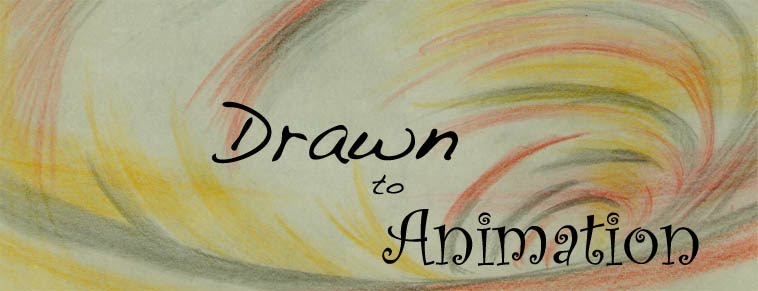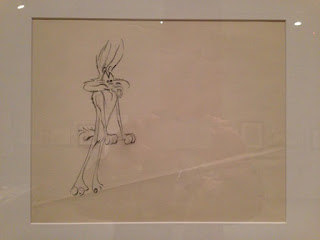Make Mine Music
Released: August 15, 1946
Music has always been a big part of my family and my own life. Many times when my family would travel to New Castle, Pennsylvania to visit my paternal grandfather, we would often here the sounds of the mandolin and a wonderful Italian voice as we walked up to the door. My grandfather had a rich history with music having worked as a professional musician during 1920's & 30's playing with some of the big band greats of the time. He was a very talented man and could play many instruments, however I remember his love for singing and in many ways it got passed along to me. I guess it must be in the genes.
Unfortunately for me, my budget for adding new pieces is limited. As any seasoned collector will tell you, there are always more opportunities to purchase than your budget can afford. So careful and thoughtful planning of how you can stretch your collecting dollar to further your interest in the hobby is important. Additionally, you should always purchase what you love first, over what your brain might say is a good investment. Many times I have found pieces that I love, but ultimately they take a lower priority over another piece either due to budget or my current collecting strategy. However, on several occasions pieces that I have passed on due to budget or focus have made their way back a second time to consider for purchase. This is one such art-piece that I had to pass during an auction, only to find it again in a private deal.
Original Production Cel Setup on production background, gouache on trimmed celluloid, watercolor on board
Artist: Various Studio, unknown
Acquired: June 15, 2007
This multi-cel setup from the “After You’re Gone” musical sequence by the Goodman Quartet from Make Mine Music is a wonderful art piece that characterizes the more contemporary feeling portrayed in mid to late 1940’s. Due to the limited resources and markets from the impacts of World War II, Disney produced with limited budgets musical montage films based upon contemporary music for release to American audiences. This cel setup is a wonderful example of a Courvoisier setup that includes an original production background with cel elements trimmed to outline. It is fun, colorful and energetic and displays how whimsical you can really get with animation. I love the way the lines and color in the background draw you into this musical world while characters action energize the scene. When I look at this piece, it takes me back in time to those wonderful feelings about my paternal grandfather and his rich musical history.

.jpg)























+(1500)+(cropped).jpg)
+(1500).jpg)





+small.jpg)
.jpg)
+small.jpg)
+small.jpg)
+small.jpg)
+small.jpg)
